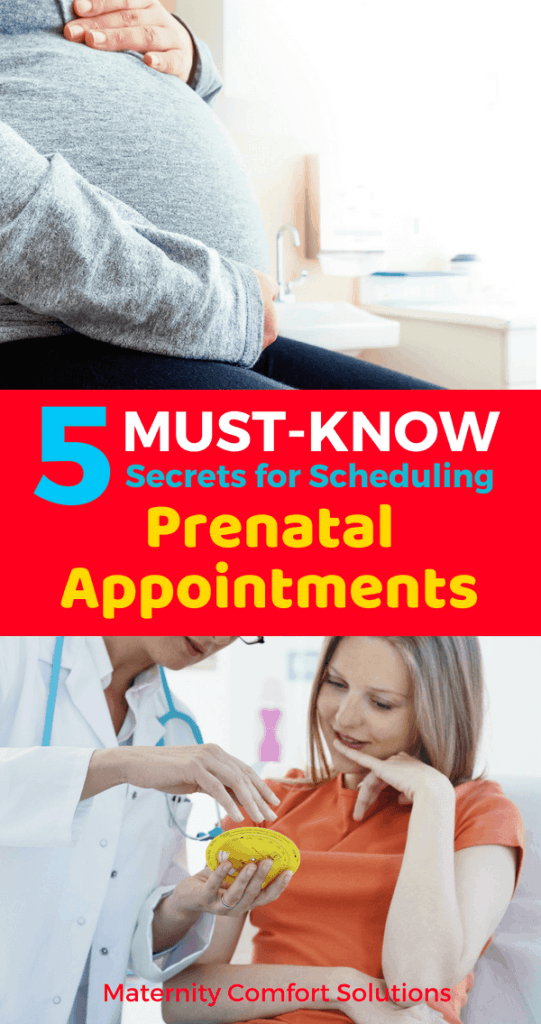


Cochrane Database Syst Rev 2010 (10): CD000934.Īmerican Academy of Pediatrics ACoO, Gynecologists. Alternative versus standard packages of antenatal care for low-risk pregnancy. Acta Obstet Gynecol Scand 1997 76 (1): 1–14.ĭowswell T, Carroli G, Duley L, Gates S, Gülmezoglu AM, Khan-Neelofur D et al. Philosophy, recent studies, and power to eliminate or alleviate adverse maternal outcomes. Scientific basis for the content of routine antenatal care I. Caring for our future: a report by the expert panel on the content of prenatal care. Low-risk women with ⩾10 PNV had higher rates of pregnancy interventions without improvement in neonatal outcomes. However, women with>10 PNV were more likely to undergo induction of labor and cesarean delivery. There was no difference in the neonatal composite between the two groups. The primary outcome was a neonatal composite including neonatal intensive-care unit admission, low APGAR score (10 PNV and the remaining 70% ( N=5093) had ⩽10, respectively. Patients with ⩽10 PNV were compared with those with >10. Exclusion criteria included unknown or third trimester pregnancy dating, pre-existing medical conditions and common pregnancy complications. Study Design:Ī retrospective cohort of 12 092 consecutive, uncomplicated term births was included. We investigated the association between number of prenatal visits (PNV) and pregnancy outcomes.


 0 kommentar(er)
0 kommentar(er)
